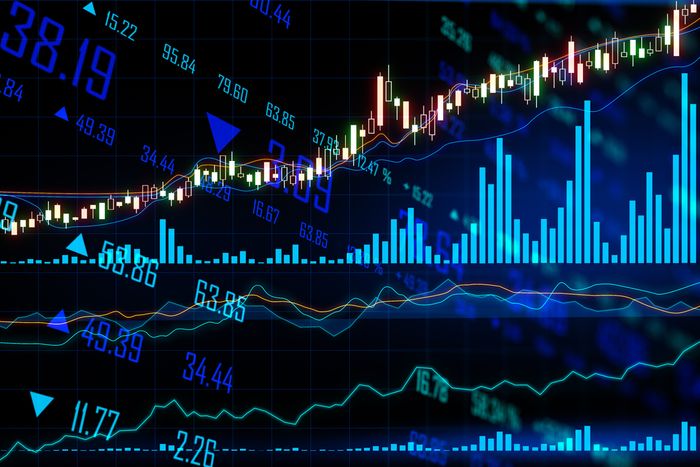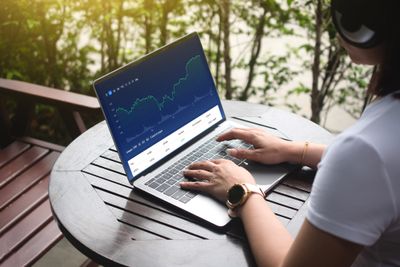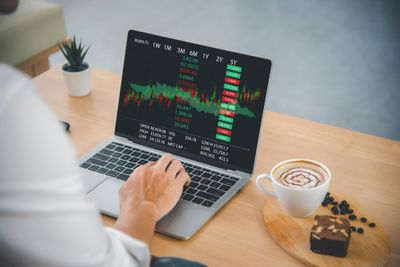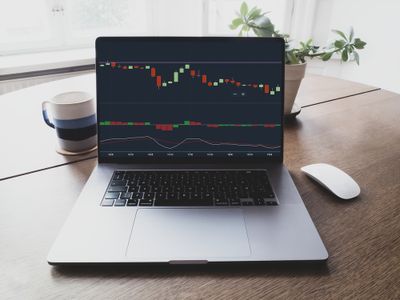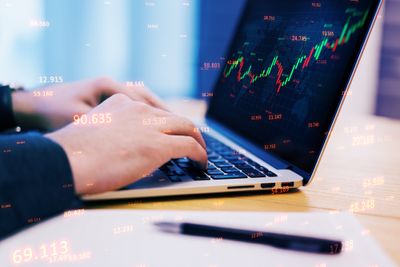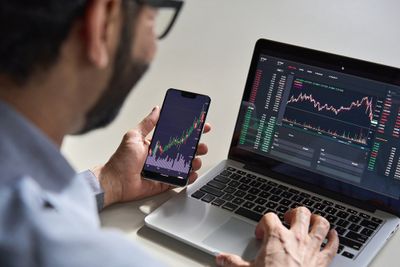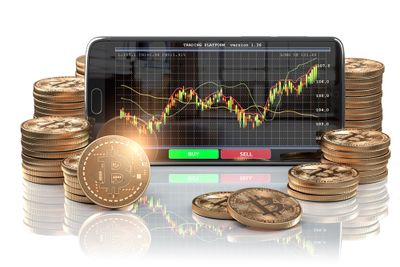Invest With Confidence
Stay in the know with tips, news, and updates about the stock market and cryptocurrencies.
Trading-strategy
Using Automated Forex Trading Signals vs. Human Expert Signal ProvidersForex signals assist traders in making profitable deals by providing information about when to buy or sell an asset. Of course, they can provide more detail too. Signals can range from a price warningDecember 23, 2024

